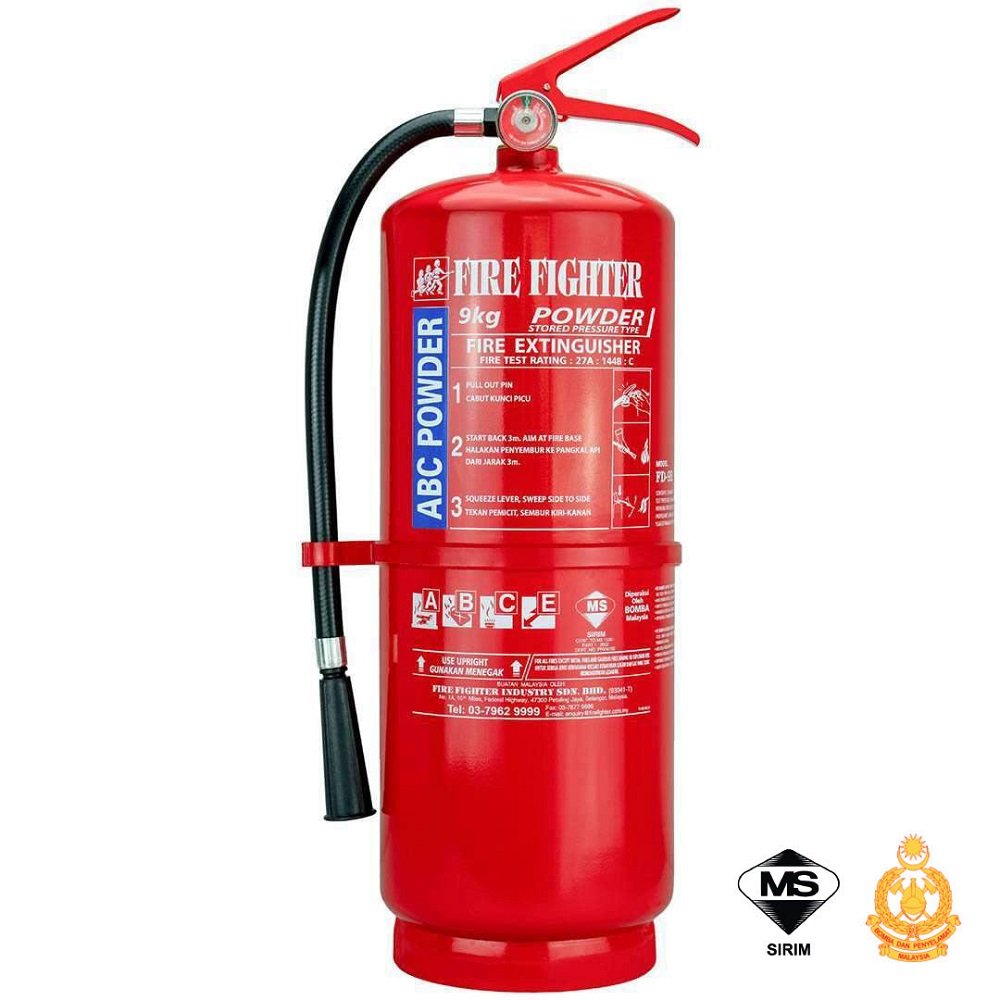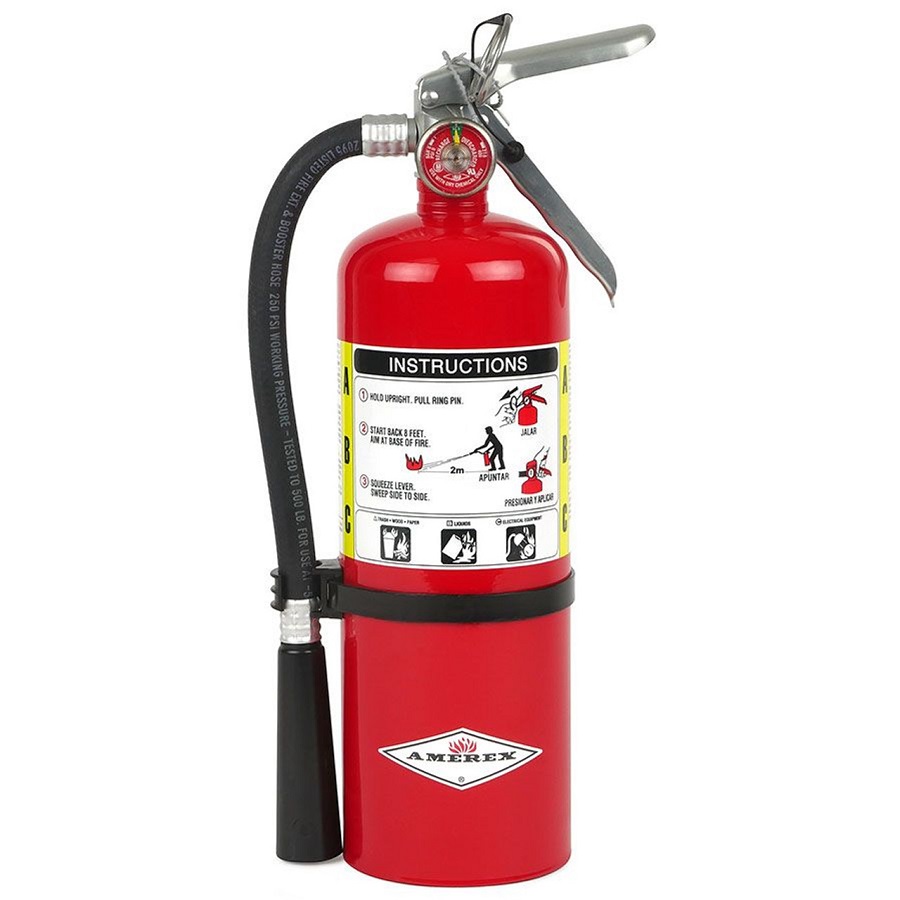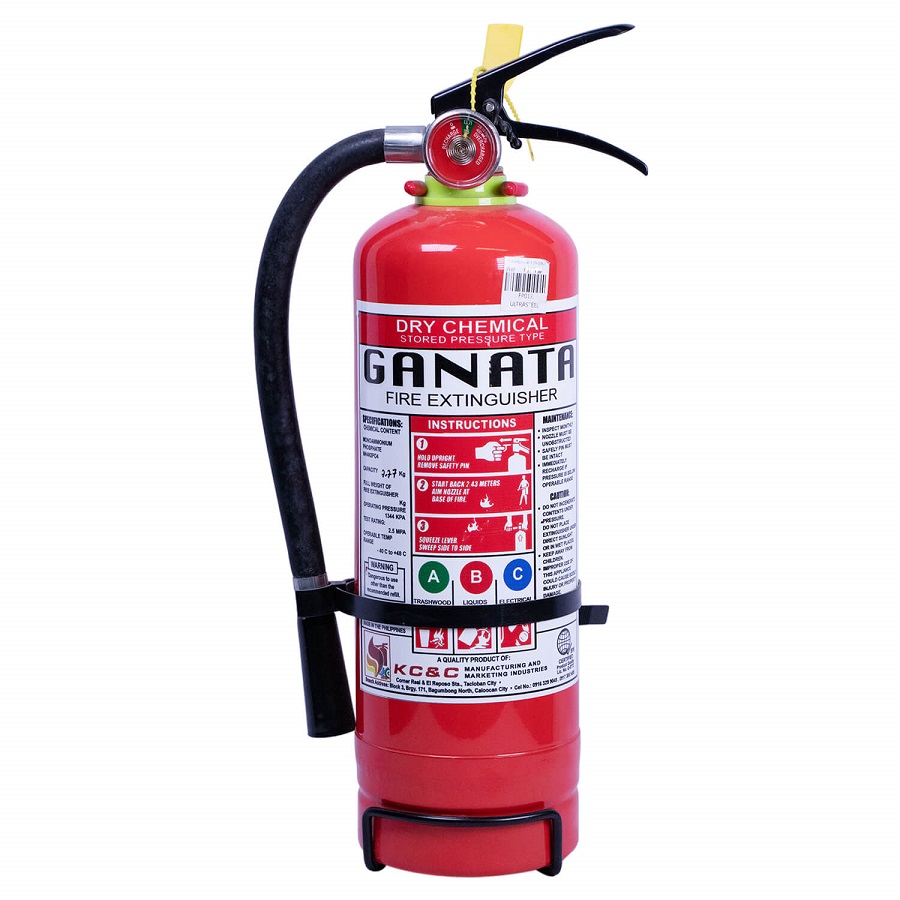Fire extinguishers are a critical component of safety in both residential and commercial spaces. Understanding the costs associated with fire extinguishers can help you make informed decisions regarding their purchase, maintenance, and management. This article takes a comprehensive look at various factors that influence fire extinguisher costs, including types, maintenance, regulations, and potential savings through insurance discounts.
The Importance of Fire Extinguishers
Why Fire Extinguishers are Essential
Fire extinguishers are not just safety tools; they are life-saving devices that can prevent small fires from escalating into catastrophic events. In residential settings, a fire extinguisher can protect families from the perils of uncontained flames, while in commercial environments, they are crucial for safeguarding employees, customers, and property. The presence of functioning fire extinguishers in place can greatly enhance the overall fire safety strategy of any building.
Fire Statistics and Trends
Statistics reveal alarming trends in fire incidents worldwide. According to the National Fire Protection Association (NFPA), an estimated 350,000 home structure fires occur in the U.S. annually. These fires lead to substantial financial losses, not to mention the emotional toll it takes on families and communities. Understanding these statistics emphasizes the need for adequate fire safety measures, including the proper use and maintenance of fire extinguishers. This preventive strategy minimizes risk and can save lives.

Types of Fire Extinguishers and Their Costs
Overview of Fire Extinguisher Types
Fire extinguishers are categorized by the type of fire they are designed to suppress. The five main types are:
- Class A: For ordinary combustibles like wood, paper, and cloth.
- Class B: For flammable liquids such as gasoline, oil, and grease.
- Class C: For electrical fires.
- Class D: For combustible metals.
- Class K: For kitchen fires involving oils and fats.
Cost Variations Among Fire Extinguisher Types
The cost of fire extinguishers varies depending on their type, size, and features. A standard 5-pound Class A extinguisher may cost between $20 and $50, while a Class B extinguisher could range from $30 to $60. Specialized extinguishers, like Class K for kitchens, can be pricier, sometimes exceeding $100. Understanding these differences in costs can help consumers choose the right extinguisher for their specific needs and situations. It’s essential to recognize that opting for low-cost alternatives might compromise safety features and efficacy.
Initial Purchase Costs
Factors Affecting Initial Purchase Price
When budgeting for fire extinguishers, it’s crucial to consider various factors that impact the initial purchase price. These include the size and type of extinguisher, as mentioned earlier, as well as the brand reputation and accompanying features. For example, some extinguishers come equipped with easy-to-read pressure gauges, plastic handles for better grip, and color-coded labels to ensure users can quickly identify the right type for the situation.
Budgeting for Fire Extinguishers
When developing a safety budget, it’s smart to allocate funds for purchasing multiple extinguishers, especially in larger homes or commercial offices. For example, a simple home may only require one or two extinguishers, while a business may need several throughout the premises. The total cost can add up, but considering this expense as an investment in safety and risk management can help justify the expenditure.

Maintenance and Servicing Costs
Importance of Regular Maintenance
Once you have purchased fire extinguishers, the costs don’t stop there. Regular maintenance and servicing are crucial for ensuring that extinguishers work effectively when needed. The NFPA recommends an annual inspection for fire extinguishers, which includes checking the pressure gauge, ensuring the safety pin is intact, and inspecting the external condition for any signs of damage. Neglecting maintenance can lead to severe consequences if an extinguisher fails during a fire emergency.
Average Costs for Maintenance
Annual maintenance can cost between $15 and $30 per extinguisher, but many service providers offer package deals for multiple units. Additionally, if an extinguisher needs to be refilled after use or if it requires repairs, costs can increase significantly. Some commercial entities may opt for a service contract that includes ongoing inspections and maintenance at a fixed rate, ensuring compliance with local fire codes.
Regulations and Compliance Costs
Understanding Fire Safety Regulations
Fire safety regulations can vary by region, but most jurisdictions adhere to standards set by organizations like the NFPA or the Occupational Safety and Health Administration (OSHA). These regulations dictate the types of fire extinguishers required for different environments and the frequency of inspections and maintenance. Failing to comply with these regulations can lead to fines and, more importantly, increase the risk of fire hazards within a structure.
Cost of Compliance
Adhering to fire safety regulations is not just a legal obligation; it can also involve increased costs. Installing the correct type of extinguishers, investing in sufficient quantities, and scheduling annual inspections comes with a price tag. However, these expenses can ultimately save money by preventing costly damages in the event of a fire and ensuring a safer environment for all occupants.
Potential Insurance Discounts
The Link Between Fire Safety and Insurance
Insurance companies often provide discounts for homes and businesses that demonstrate a commitment to fire safety. Having the appropriate number of operational fire extinguishers can positively affect your insurance premiums. Underwriters assess risk based on several factors, including the fire safety measures in place.
How to Leverage Discounts
To take advantage of potential insurance discounts, consumers should inform their insurance providers of all fire safety measures they have implemented, including the number and types of fire extinguishers. It’s also wise to keep records of inspections and maintenance to provide proof of compliance. Some insurance companies may reduce premiums by up to 10% for clients who demonstrate proactive safety practices, making the initial and ongoing costs of fire extinguishers even more worthwhile.

Long-term Financial Implications
Understanding Total Cost of Ownership
When evaluating fire extinguishers solely based on initial purchase price, consumers often overlook the total cost of ownership. This includes ongoing maintenance, potential repairs, inspections, and the impact of such a safety measure on overall insurance premiums. Averaging these costs over time can give a clearer picture of what you will spend on fire extinguishers throughout their lifespan.
Importance of Quality over Cost
While it may be tempting to purchase cheaper extinguishers to save money, choosing high-quality options can lead to savings in terms of reduced maintenance costs and better performance during emergencies. Investing in reliable brands that have proven records in performance may mean a higher upfront cost but can provide peace of mind and reduce long-term risks.
The Benefits of Mindfulness Meditation
Mindfulness meditation has gained popularity in recent years due to its numerous benefits for mental health and overall well-being. Practicing mindfulness helps individuals cultivate a greater awareness of their thoughts, emotions, and bodily sensations. This heightened awareness can lead to reduced stress and anxiety levels, as it encourages individuals to focus on the present moment rather than ruminating on the past or worrying about the future. Regular mindfulness practice has also been shown to improve concentration, emotional regulation, and even interpersonal relationships. By incorporating just a few minutes of mindfulness meditation into daily routines, individuals can significantly enhance their quality of life.
Sustainable Living: Small Changes, Big Impact
The concept of sustainable living is gaining traction as people become increasingly aware of the environmental impact of their choices. Adopting more sustainable practices in everyday life does not require a complete overhaul; rather, small, incremental changes can lead to significant positive outcomes. Simple actions, such as reducing water usage, minimizing single-use plastics, and opting for public transportation instead of driving, can collectively reduce an individual’s carbon footprint. Additionally, supporting local and organic produce not only benefits the environment but also bolsters local economies. As communities embrace sustainable living, they can contribute to a healthier planet for future generations.
Conclusion: Making Informed Decisions
Weighing Pros and Cons
When it comes to fire extinguishers and their costs, weighing the pros and cons of each option is critical for making informed decisions. Consider all factors, including the initial purchase price, ongoing maintenance, compliance, and potential insurance benefits.
Taking Action for Safety
Ultimately, understanding fire extinguisher costs isn’t just about money—it’s about safety and responsibility. Investing in quality fire extinguishers and adhering to maintenance schedules ensures that you not only comply with regulations but also genuinely protect lives and property from the ever-present threat of fire. Equip yourself with knowledge, make informed choices, and cultivate a culture of safety in your environment. Doing so will pay off in safety, peace of mind, and potentially even financial savings in the long run.


